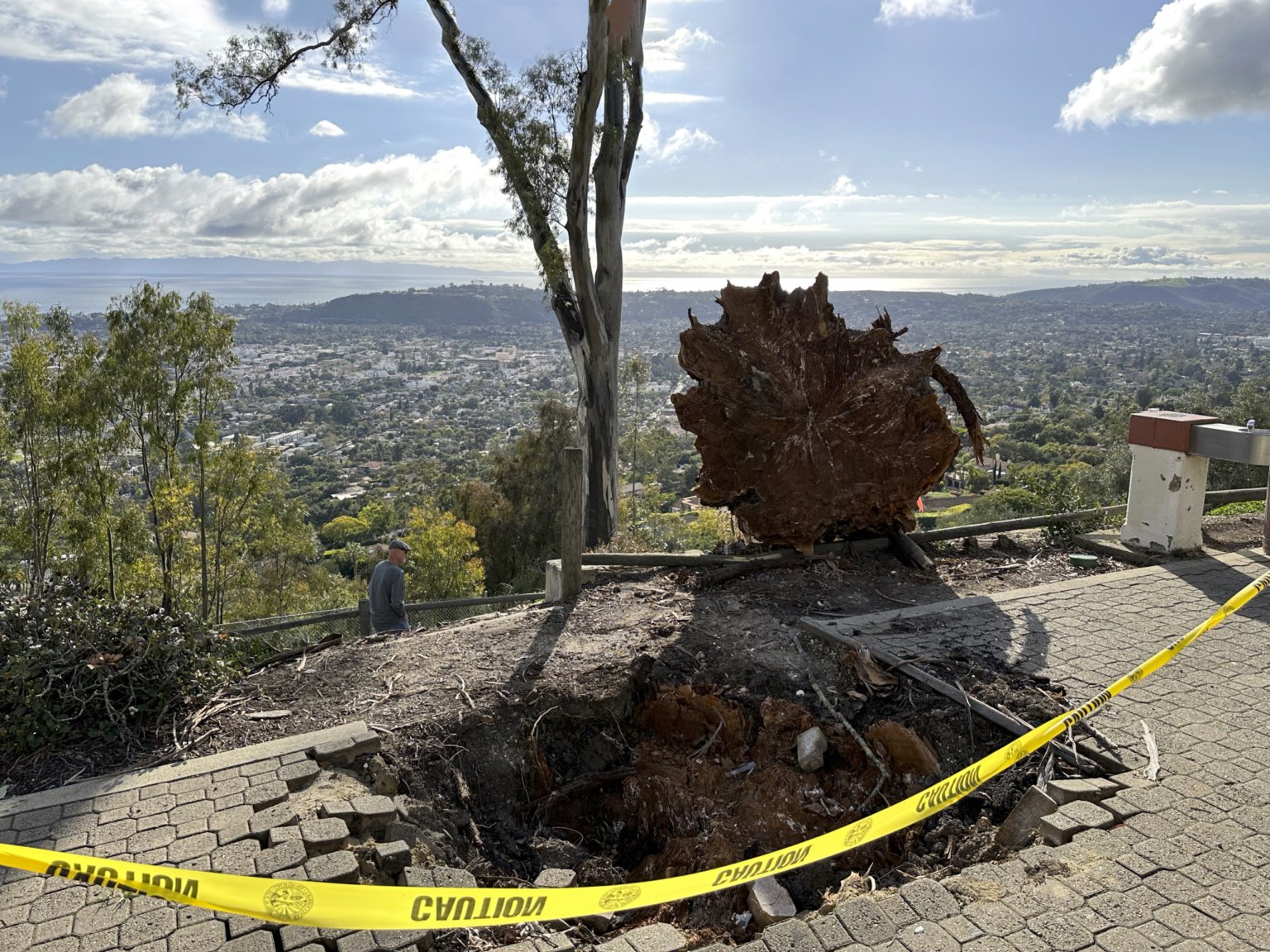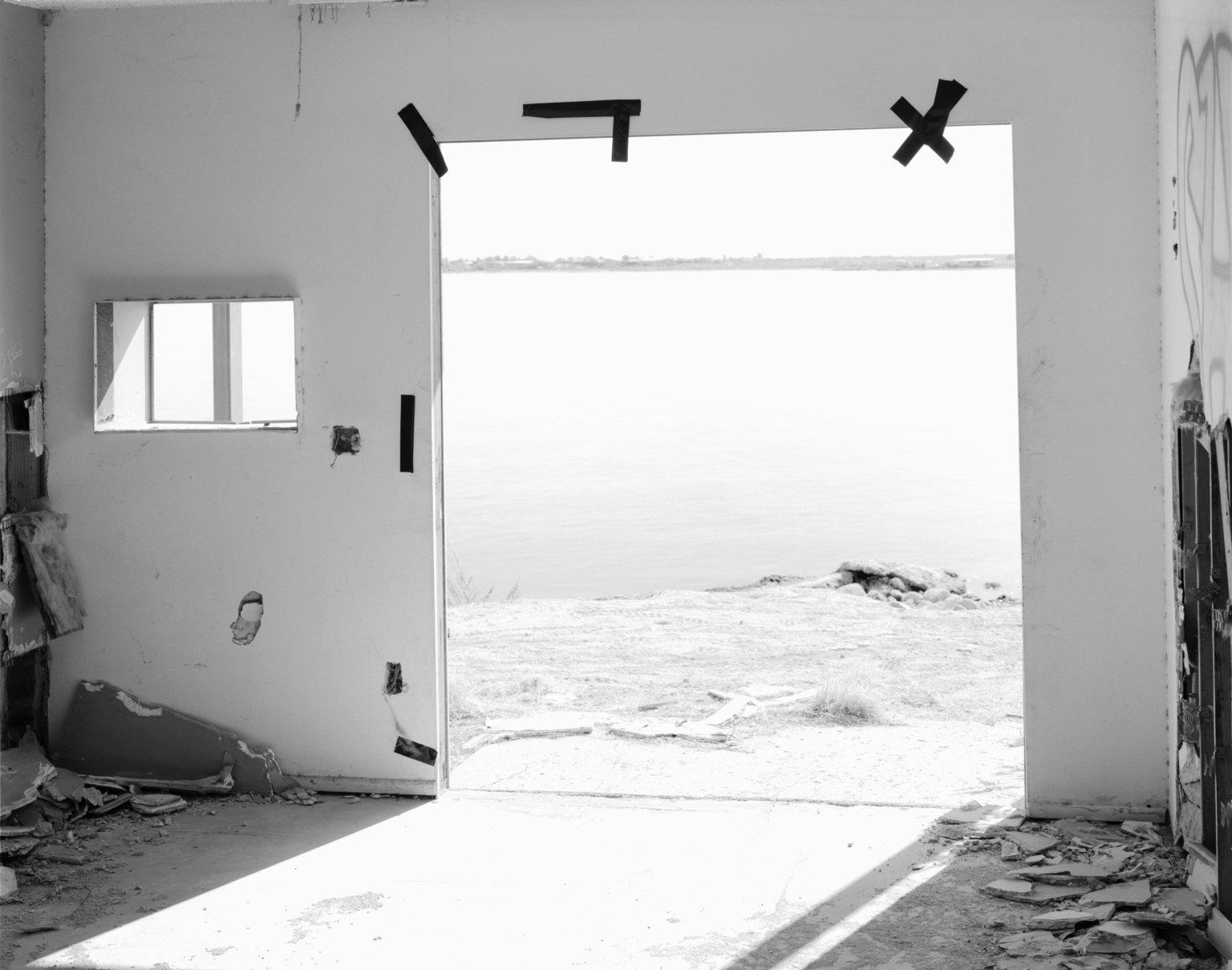2023 | Studio City
I haven’t been showing others’ work here, because I am so far behind on my own, but well worth posting here is a print I recently got from my long-time academic colleague and collaborator Gene Kennedy, now living in Sacramento.
Even seen in the flurry of my memory-workboard at this small scale, Gene’s beautifully-printed picture stands out in its transparency and specific, gossamer depth. And I don’t mean that simple old railroad-tracks-to-the-horizon depth; as I look here, I can almost slide my hand through the screen, somehow penetrating the delicate foreground without disturbing the luminous and impossibly airy industrial masses behind.
Right now I’m thinking of the fantastic notion in Phillip Pullman’s The Subtle Knife. Pullman tells compelling stories and is highly respected; a kid wrote him a fan letter addressed to “Storyteller, Oxford,” and it arrived promptly.
Gene Kennedy’s work is worth many looks, especially his striking lyrical and cerebral human-altered landscapes in the natural unforced 2:1 format of his film back… www.genekennedy.com









